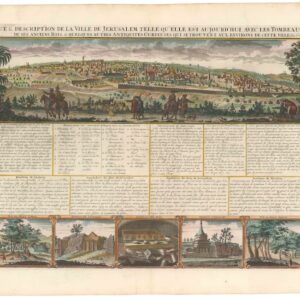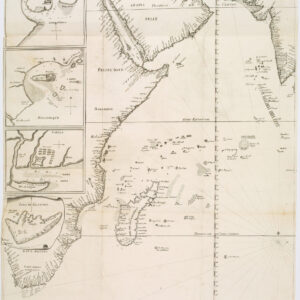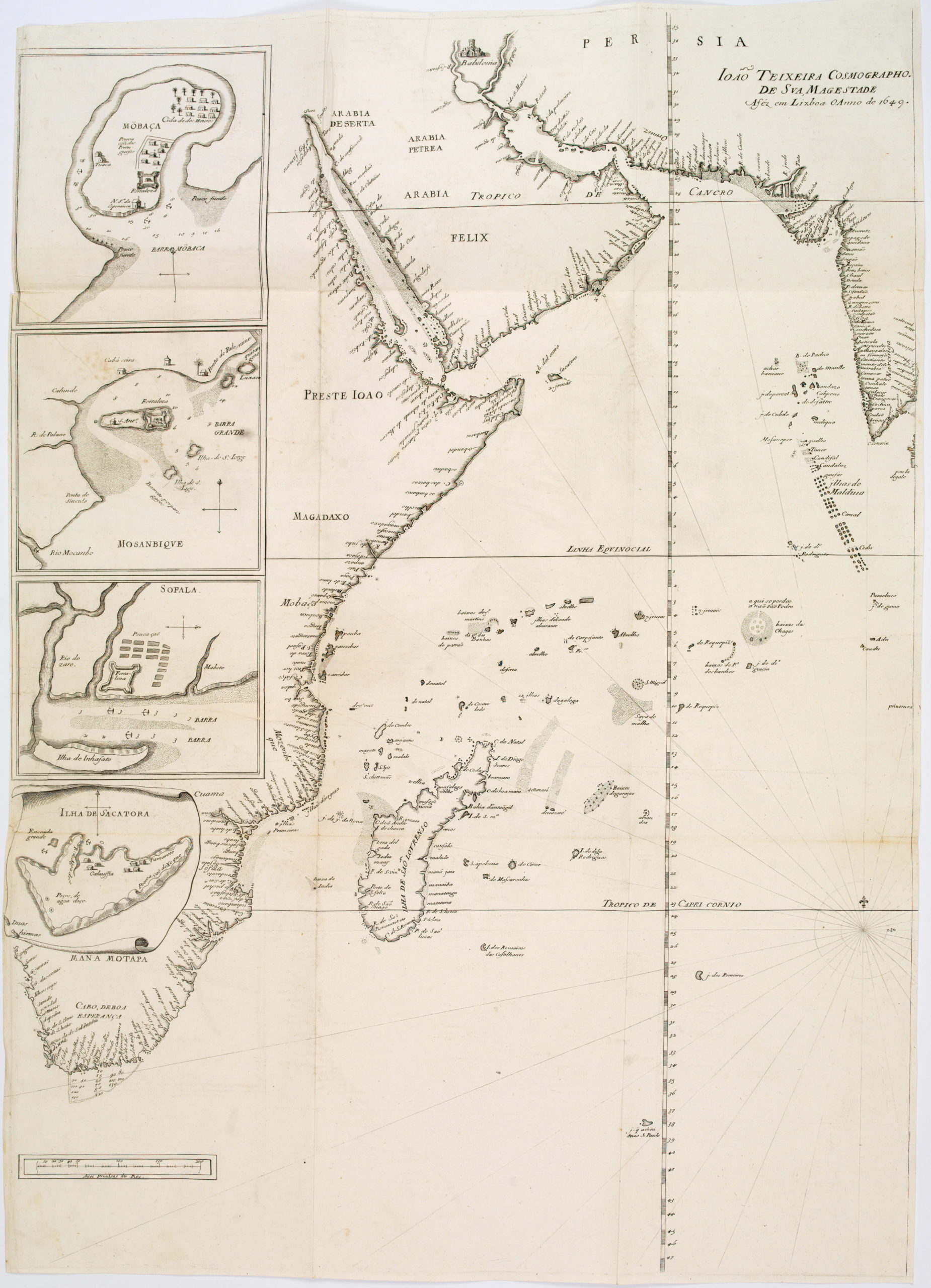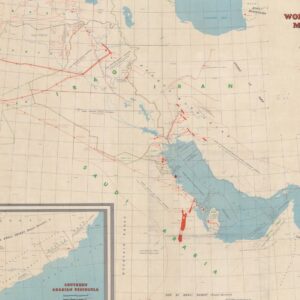Chatelain’s beautiful and early view of Mecca.
Le Temple de la Mecque avec une description exacte de tout ce qu’on y voit & des Ceremonies qu’on y fait, tiré de la tradition des mahometans.
$1,800
1 in stock
Description
This is Henri Chatelain’s dramatic and detailed capture of the Haram, or Sacred Precinct, in Mecca—the holiest site in Islam. It provides a detailed view of the historic complex, which draws millions of pilgrims annually. In the center of the view, the quadratic black Kaaba dominates. According to Islamic tradition, this complex stands on the remains of the first temple that Abraham and his son Ishmael built for God.
In addition to the Kaaba, several shrines and other buildings have been drawn in their relative positions, and domed porticoes frame the enormous courtyard holding it all. In this manner, the view almost takes on the character of a plan. Chatelain brings his view to life by including many worshippers within the complex.
While the view of the Holy Precinct occupies the upper register of the print, in the lower register, we find two smaller vignettes depicting the various positions that Muslims assume during prayer. Between the vignettes is a text that includes a legend and key related to the larger view, as well as an introduction to the Islamic faith and tradition.
Census
The copper-engraved view comes from Chatelain’s seminal seven-volume Atlas Historique, published in Amsterdam between 1705 and 1720. The atlas combines the finest engraving and cartographic craftsmanship with academic studies of geography, history, ethnology, heraldry, and cosmography, and it was one of the most widely distributed atlases in the 18th century.
Context is Everything
When Chatelain’s detailed plan of Mecca was first published, it was a true rarity. Few European travelers had ventured so profoundly into Arabia, and the accounts of Muslims did not resonate broadly among the European intelligentsia at the time. Western Arabia, particularly Mecca, had been subjugated by the Ottoman Empire when Selim I defeated and dissolved the Mamluk Sultanate in Egypt. For centuries, the Mamluks had controlled access to the sacred cities, but now Barakat bin Muhammed, the Sharif of Mecca, was forced to acknowledge Ottoman supremacy. The only European to ever truly penetrate Mamluk Arabia was the Italian traveler Ludovico di Varthema, who, in 1502-03, visited Mecca with a Hajj caravan on his journey to India.
But a French traveler truly opened Western Arabia to the world. The Parisian Jean Chardin (1643-1712) was a distinguished French traveler, merchant, and polyglot whose extensive travels in the Middle East and beyond significantly impacted the European understanding of Islam and its holy sites in the 18th century. Chardin spent eleven years exploring the Middle East, where he gained access to the Persian court being appointed a royal merchant by Shah ‘Abbas II. His journeys took him through Persia, Turkey, India, and Georgia before he eventually settled in England. Among the most notable aspects of Chardin’s voyages was his attempt to depict Islam’s holy places, particularly Mecca and Medina. His depictions were mainly based on information he acquired from Muslims who had performed the Hajj.
Depictions of Islam’s holiest sites were virtually non-existent in Europe at his time, and Chardin’s drawings constitute some of the earliest and best sources available. There is an unfinished manuscript plan of the Prophet’s Tomb in Medina at the Royal Society in London. Still, the more impactful image was Chardin’s completed plan of the Kaaba precinct in Mecca. While this pioneering plan accurately captures the individual buildings and minarets, including the colonnaded porticoes surrounding the central courtyard, it also conflated elements from Medina and Mecca (the circular colonnade around the Kaaba).
Despite traveling with two professional artists, including Grélot, the drawings attributed to Chardin were most likely his work, demonstrating his engagement with documenting his experiences. His detailed accounts and illustrations were later included in his publication Voyages en Perse et Autres Lieux de l’Orient, the first volume published in 1686. Further volumes followed in 1711. These works were praised for their detailed observations and accuracy, providing a valuable non-Persian perspective on the Safavid and Ottoman empires, and it is clear that they were the source for Chatelain’s view.
Chardin’s extensive travels and keen observations earned him a knighthood from Charles II of England for his services to the East India Company. His pioneering contributions remain crucial sources on Persia and Arabia’s political history and cultural landscapes.
Cartographer(s):
Henri Abraham Chatelain (1684 – 1743) was a Protestant pastor (Huguenot) from Paris who, due to his faith, was forced to flee his native France. He settled first in London and later in Holland, where he worked from both The Hague and Amsterdam during the early 18th century. While his primary calling was as a preacher, his Atlas Historique became a huge success, partly due to the vivacious decoration and abundance of information on his charts.
Condition Description
Excellent.
References




![[Persuasive Cartography] Die Araber, Israel und die Supermächte.](https://neatlinemaps.com/wp-content/uploads/2025/10/NL-02133_thumbnail-300x300.jpg)